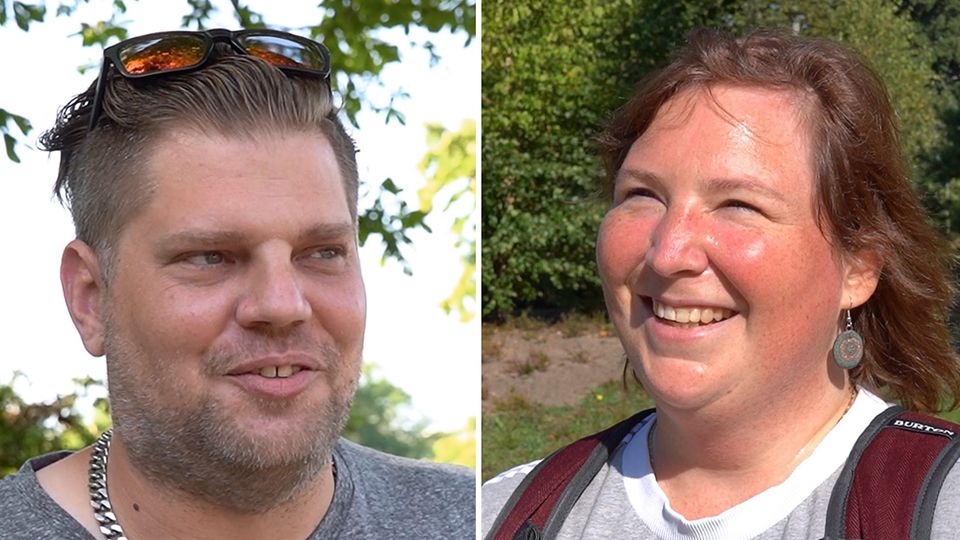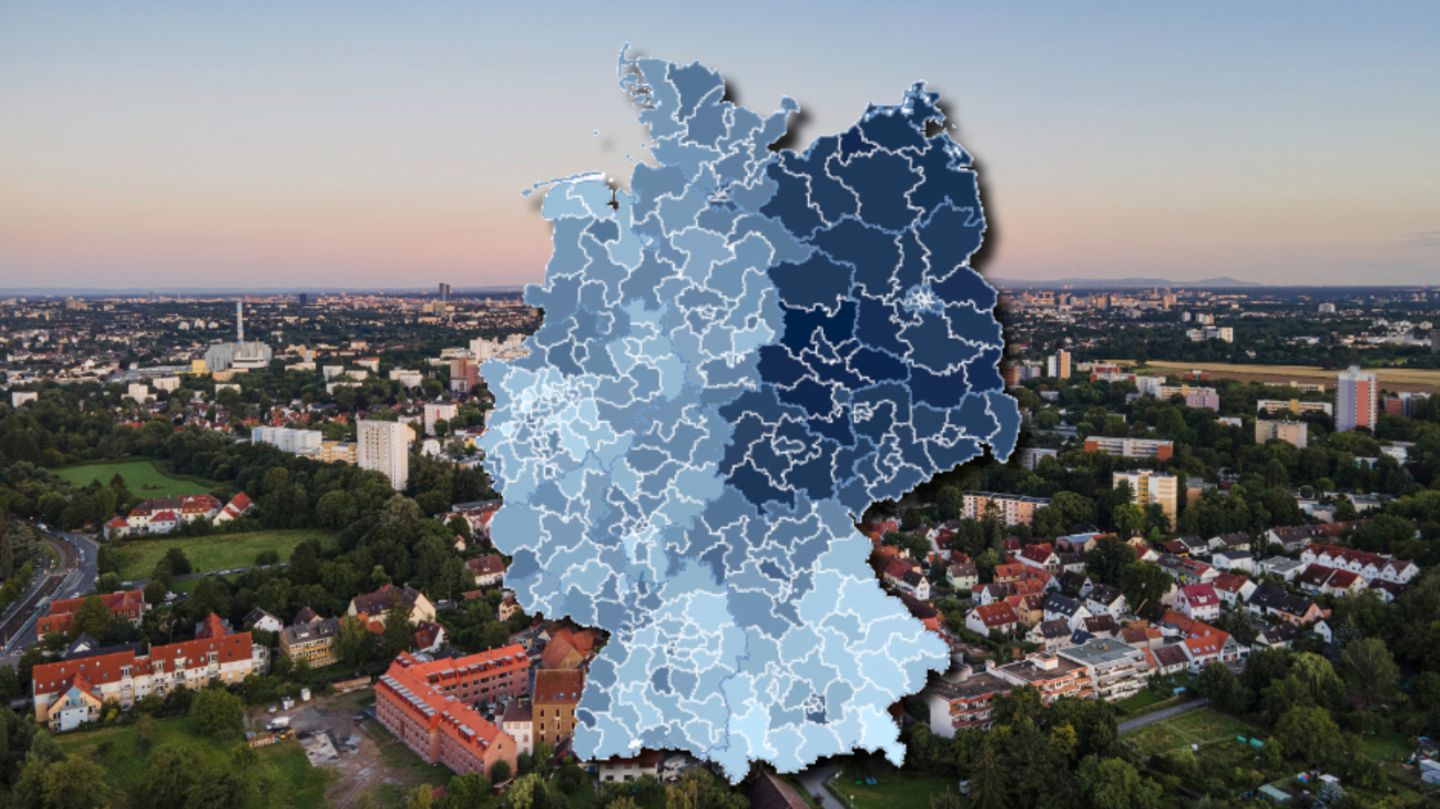Where are the highest incomes in the country? Where is the unemployment? Where are the floors sealed, where are the companies located? Interactive maps show it.
There are 299 constituencies in Germany. The number of residents entitled to vote is similar in all of them. Otherwise, the circumstances are sometimes very different, but can be important factors for the decision in the voting booths.
The graphics below provide an overview of the distribution of income, companies, daycare and more. They are based on structural data on the constituencies issued by the Federal Returning Officer.
Income and unemployment – rich south, poor northeast
The map below shows the average annual income per inhabitant in the individual constituencies. Across the board, people earn best in the structurally strong federal states of Baden-Württemberg and Bavaria, as well as in the Frankfurt region. In contrast, incomes are significantly lower in the new federal states and in the quiet area.
By clicking on the buttons “next” and “back” you can switch the graphic below to the distribution of unemployment and SGB II benefits. You can search for your own constituency or for another constituency in the search field.
Daycare care: gradient for the very little ones
There are also large differences in the rate of childcare for children in daycare centers or by child minders – at least for the very young. The proportion of children under three years of age cared for is significantly higher in the new federal states than in the old federal republic. In the case of children between three and six years of age, the ratio is visibly more balanced.
Passenger car: Germany is the automotive country – especially away from the cities
Not entirely surprising, the number of cars in relation to the number of inhabitants is significantly lower in urban regions than in rural areas – apart from the VW home in Wolfsburg. However, if you switch to electric or hybrid vehicles, the ratio changes. Measured against the total stock, the rate here is significantly higher in a number of large cities than in rural areas – which is not least due to the charging infrastructure.
Company: Where Germany’s companies are located
Where do companies cluster in Germany? Especially in the south and in the big cities and metropolitan areas, as the graphic shows. The fact that Nordfriesland-Dithmarschen has such a high rate in the far north could be due to the fact that there was a small tax haven there until 2004: Norderfriedrichskoog. For a long time the community did not levy any trade tax, and as a result, many companies settled there. Since 2004, however, a minimum rate has to be charged.
Land use: city or country and river?
What percentage of the soil in a constituency are forests, meadows and bodies of water – and how much is covered with buildings or roads? The graphic below shows it.

In the video: election posters score with concise statements. For the federal election, the stern asks citizens in Hamburg whether they can correctly assign the election campaign statements of the individual parties. It’s not that easy at all.
David William is a talented author who has made a name for himself in the world of writing. He is a professional author who writes on a wide range of topics, from general interest to opinion news. David is currently working as a writer at 24 hours worlds where he brings his unique perspective and in-depth research to his articles, making them both informative and engaging.




